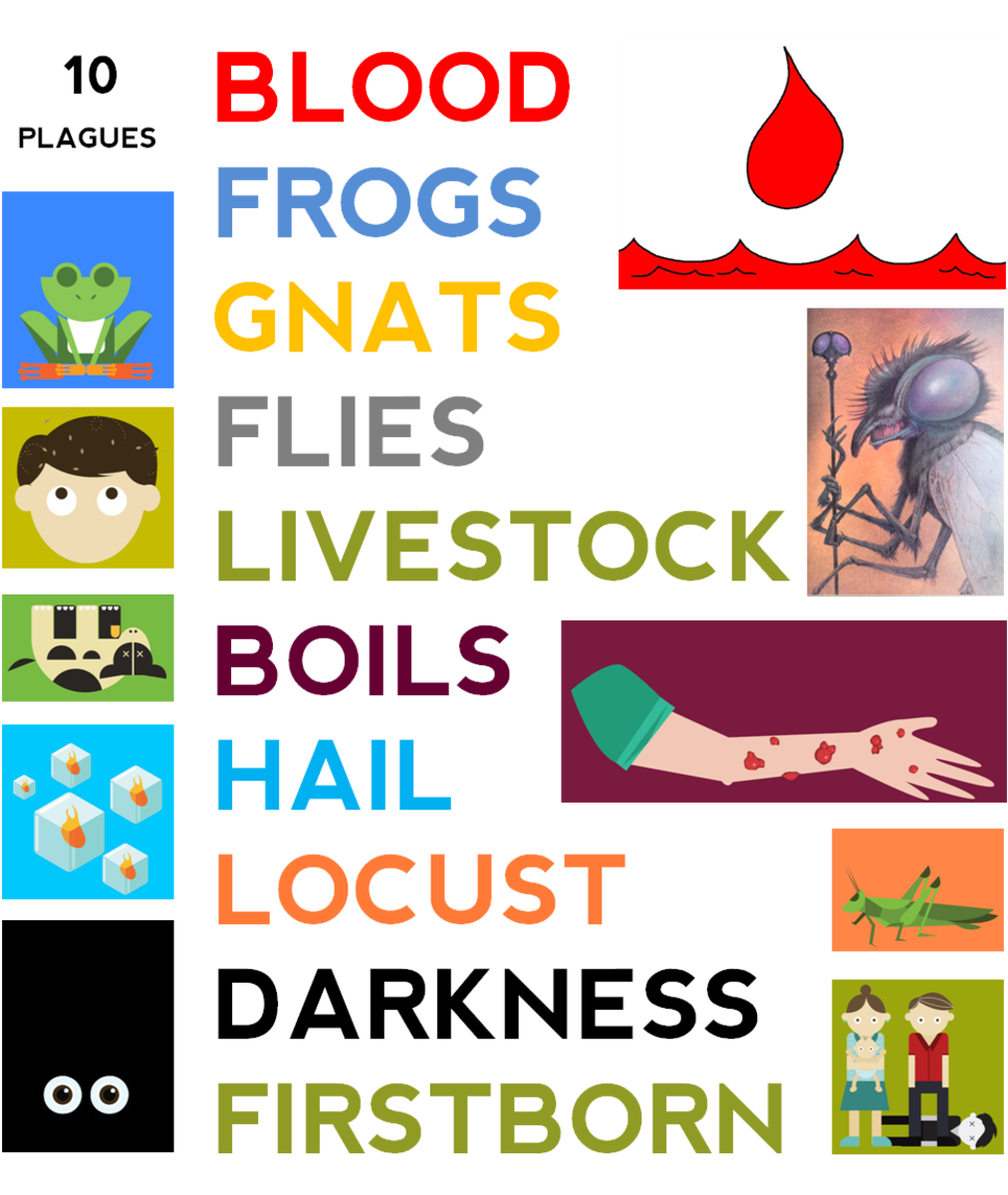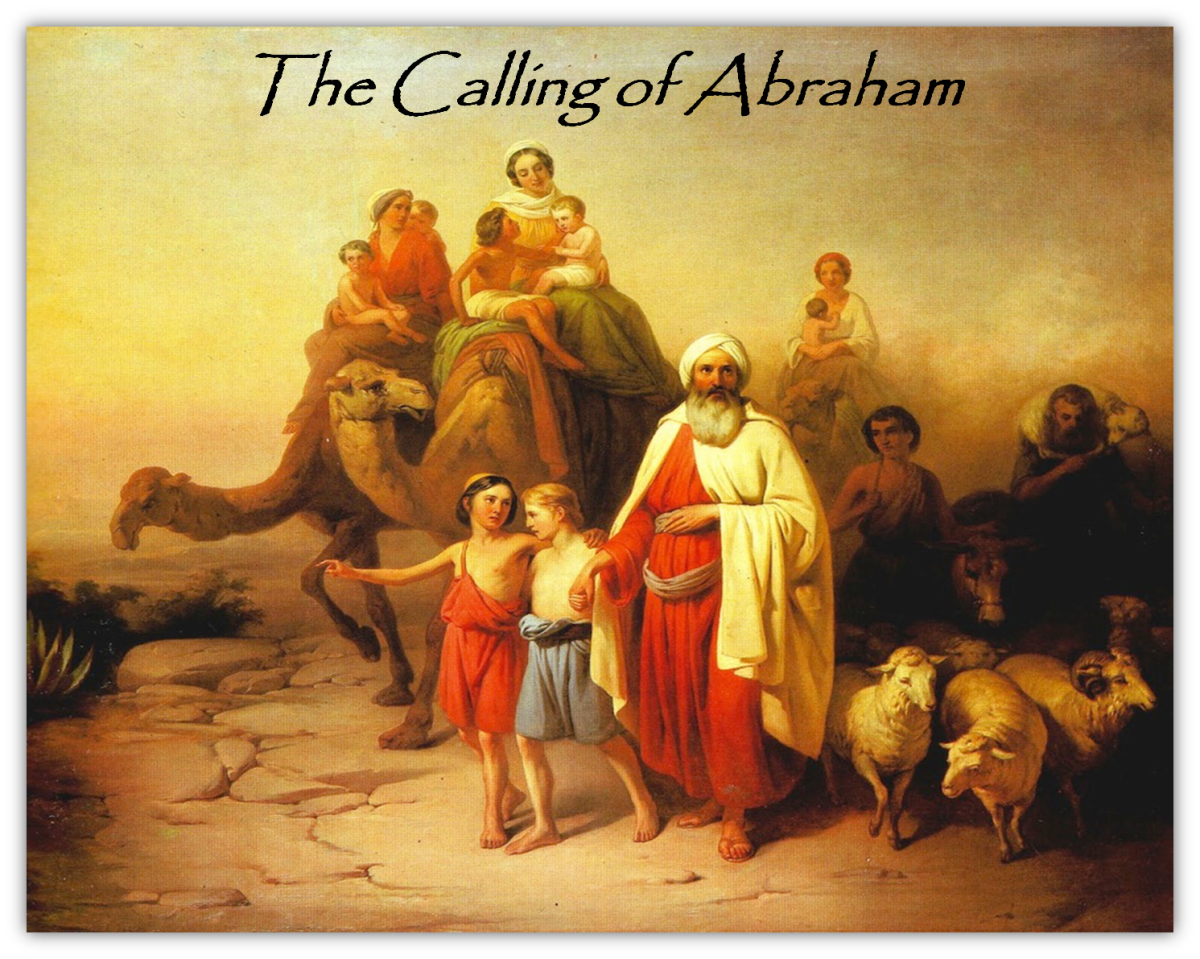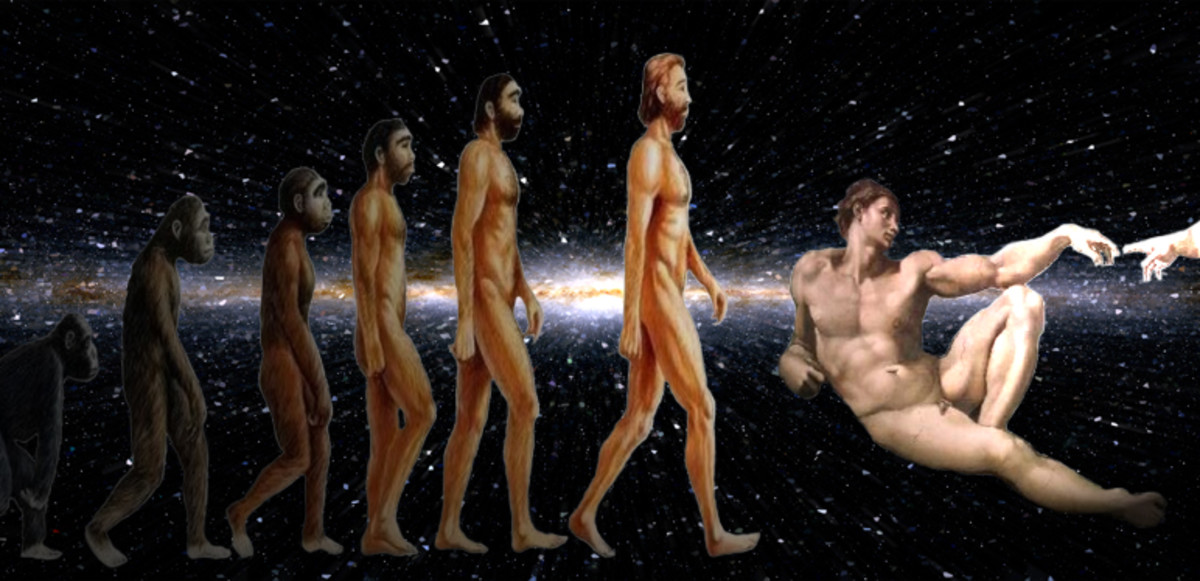Bible: What Does Acts 7: 1-38 Teach Us About Stephen, the First Christian Martyr?
God: "Count the Stars, Abram"
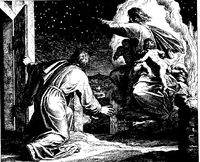
Abram's Original Homeland
view quiz statisticsActs 7:1-38--Stephen's Defense
Stephen on Abraham
In response to Caiaphas’ query as to the truth of the indictment (v. 1), Stephen launches out on a necessarily truncated, though still lengthy, history lesson (vv. 2-53).
Addressing his audience as “brethren and fathers,” he encourages them to listen to his recounting of their nation’s past, beginning with their glorious God’s appearance to Abraham in Mesopotamia before the patriarch lived in Haran (v. 2).
[Ryrie points out that Abraham first received his call while residing in Mesopotamia (cf. Gen. 15:7), and later traveled to Haran (Gen. 11:31-32).]
Moses (the writer of Genesis) first summarizes what Terah (and his extended family) did.
That is, he traveled from Ur of the Chaldeans in Mesopotamia to Haran (with the intention of going to Canaan), but he died before reaching his destination (see Gen. 11:31-32).
Then he records God’s promise to Abram in Ur that led to the patriarch’s departure from that place.
[Genesis 12:4 must be citing two departures: one from Ur and a later one from Haran when Abram was seventy-five years old and after Terah had died.]
Stephen quotes part of God’s call to Abraham (v. 3; see Gen. 12:1), and indicates that the patriarch obeyed His directive to leave Ur (“your country”) and settle in Haran (“a land that I will show you”) [v. 4a; cf. Heb. 11:8].
After Terah died, God moved Abram to Palestine (v. 4b; cf. Gen. 12:4b).
[Note: God moved Abram].
Stephen notes that the Yahweh gave Abram neither an inheritance—land—nor a child, but only a promise that the latter and his descendants would possess the land someday (v. 5; cf. Gen. 12:7).
God intended Abram’s children to dwell in Egypt (“a foreign land”) where they would be in bondage under the heel and whip of taskmasters for four hundred years (v. 6; cf. God’s prophecy to Abram in Gen. 15:13).
After the LORD’s judgment of Egypt, the new nation of Israel, bearing great spoils, would exit that land and travel northeast to Palestine where they would serve their God (v. 7; cf. Gen. 15:14).
Stephen next reviews the “covenant of circumcision”: the physical rite performed on each male child on his eighth day of life, constituting the sign of this pact between God and Abraham (v. 8).
[Circumcision is a “seal of the righteousness of the faith he [Abraham] had while still uncircumcised” (cf. Rom. 4:11)].
Joseph Resists Potiphar's Wife
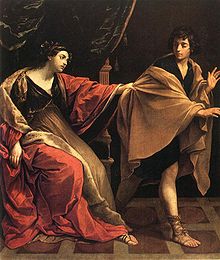
Stephen on Joseph
Stephen quickly progresses from a mere mention of the twelve patriarchs (v. 8d), to their jealousy-inspired betrayal of Joseph into Egypt, to God’s providential protection and exaltation of this great man to the governance of that foreign power (vv. 9-10).
He rehearses how Joseph, through some wise dealings with his brothers, saved them from dying in a devastating Middle Eastern famine, and succeeded in bringing both Jacob and his seventy-four relatives to Egypt (vv. 11-15a).
[See Ryrie, New Testament Study Bible, 218 for a discussion of the numbering controversy.]
After the deaths of all twelve patriarchs, their sons bury Joseph in Jacob’s land in Shechem (vv. 15b-16); Jacob’s plot resided in Abraham’s burial land in Hebron.
[Again, Ryrie explains that Jewish ire began to prompt Stephen to shorten his explanation of “who” was buried “where” (New Testament Study
Bible 218).]
Moses the Wise

Gleason Archer
Stephen on Moses
Next, the historian relates how, as the “time of the promise”—the Mosaic era—approached, Israel’s population in Egypt exploded so much that it caused the new Hyksos king (“another king arose who did not know Joseph”; Ex. 1:8 ) to implement Draconian measures—namely, Israelite infanticide—to limit their power (vv. 17-19).
[Gleason Archer provides reasonable evidence to show that this king “who did not know Joseph” was not Egyptian, but Hyksos—an Asiatic invader who infiltrated northern Egypt and eventually ruled the land (A Survey of Old Testament Introduction, 215).
The Hyksos king feared Israelite antagonism if war should break out with neighboring enemies (Ex. 1: 8-10).
To keep Israel in line, he enslaved them (v. 11a; 207).
Later, a Pharaoh forced the Hebrews to build supply/storage cities (v. 11b).
Did the Hyksos call their king “Pharaoh,” or have the Egyptians overtaken the Hyksos and installed the next Pharaoh at this time?
Oddly, by afflicting Israel Egypt causes God’s people to multiply (v. 12).
Because of the nation’s growth, these masters make Israel’s life harsh, forcing them to make bricks (vv. 13-14).
To avoid any future uprisings, the king commands Hebrew midwives to kill male babies (vv. 15-16).]
Three-month old Moses providentially escapes the king’s designs, and ironically Pharaoh’s daughter raises him (vv. 20-21).
[One can readily see a parallel with Jesus’ life in Herod’s attempt to kill all male children two years old and under (see Matt. 2:16-18).
Moses was most certainly a type of Christ.]
Except for generally mentioning Moses’ exceptional success in the forty-year educational preparation for his important future role, Stephen omits all of the lawgiver’s other early life events (v. 22; cf. Luke 2:52).
The speaker hurriedly moves on to recount life-altering experiences Moses had when he turned forty.
Having been “home schooled” about his Israelite heritage by his mother during early childhood, Moses finally decides to visit “his brethren” (v. 23).
[Stephen’s “it came into his heart” assertion implies that God had planted this thought and eventually brought it to fruition.]
Stephen depicts Moses as both a misunderstood, wannabe deliverer who, while defending a Israelite brother, kills an Egyptian (vv. 24-25), and a moralistic judge whom, while attempting to accomplish reconciliation between two quarreling Israelites, one of his fellows rejects and accuses of murder (vv. 26-28; cf. Ex. 2:14).
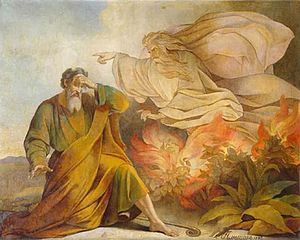
Author of the Acts of the Apostles
view quiz statisticsThe Burning Bush
The chronicler next details that Moses, after fleeing to Midian and spending the next forty years there rearing two boys, observed a certain bush burning on Mount Sinai.
Amazed that the blaze did not consume the shrub, he decided to investigate this phenomenon (vv. 29-30).
As Moses approached it, the God of Israel (in the guise of the Angel of the LORD) spoke to him from its midst (v. 31).
[Stephen cites the LORD (Who identified Himself as the God of Moses’ ancestors) in a slightly different order than the original].
Moses greatly feared the Voice, making him turn his face away from the sight (v. 32; cf. Ex. 3:6).
After first commanding Moses to show proper respect for their present holy environment (v. 33; cf. Ex. 3:5), the Voice informed him that He had perfect knowledge about Israel’s suffering (v. 34a; cf. Ex. 3:7), and that He intended to send Moses to mediate between God and Pharaoh (v. 34b; cf. Ex. 3:10).
Setting the stage to argue for more parallelism with Jesus’ life, Stephen points out that while the Israelites rejected Moses, the LORD selected the patriarch as a “ruler and deliverer,” and used him to bring Israel into the Promised Land, performing many wonders and signs through him in various places for forty years (vv. 35-36).
He emphasizes both Moses’ prophetic role of foretelling the coming of “a Prophet like me” (v. 37; cf. Deut. 18:15)—a reference to Christ—and his high privilege of being the recipient of the Angel’s “living oracles” (v. 38).
© 2013 glynch1




